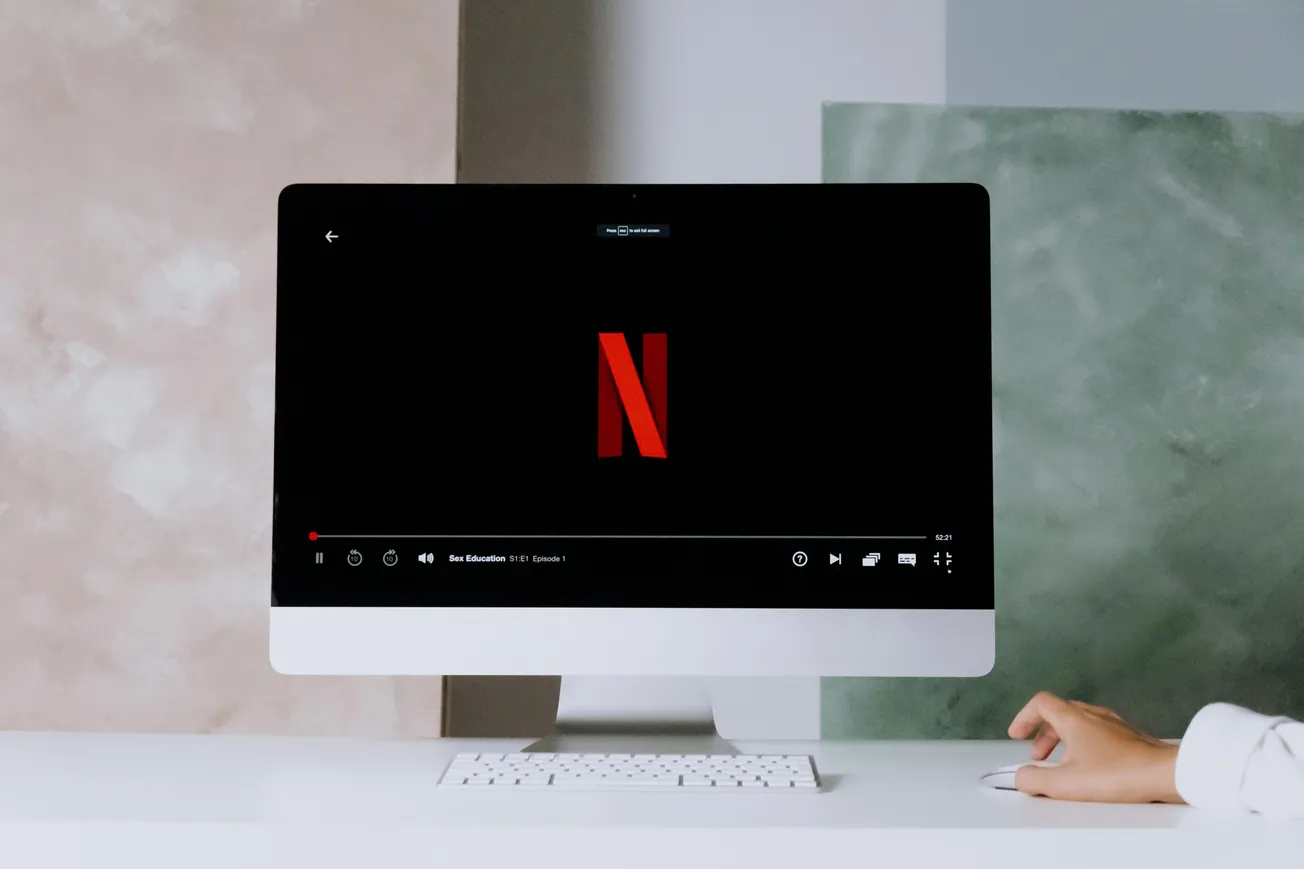The rise of AI‑generated media has triggered regulatory action in several countries, with India now proposing one of the most sweeping frameworks yet. Today, the Indian government introduced new draft rules requiring creators and platforms to clearly label content produced or altered using artificial intelligence.
For creators and businesses in podcasting and video production, this shift signals that transparency is no longer optional—but a part of your production workflow.
Why This Matters for Creators and Brands
AI tools are empowering storytellers by automating editing, captioning, voice‑overs and more. Yet such tools also raise questions around authenticity and trust—especially when visuals or voices can be convincingly synthesized. The new Indian rules aim to ensure viewers know when they’re seeing content created or manipulated by AI.
This affects everyone publishing video‑ or audio‑first content: if you use AI avatars, voice clones, or automated visual effects, you’ll need to consider how you disclose that use to your audience.
Key Takeaways for Video/Podcast Creators
- Audit your content workflows: Do you use AI‑generated visuals, voice or avatars? If so, plan to label or note that fact in description or credits.
- Align with platforms: With India moving ahead, other regions may follow. Be early adopting transparency for wider compliance and brand trust.
- Educate your audience: Use your content to explain when AI tools were used and why—this can enhance credibility.
- Balance innovation and ethics: The tools offer speed and scale, but creators still control narrative, brand voice and creative direction.
AI‑generated content is now regulated more than ever. For creators, coaches, educators and small businesses using podcasting and video to build authority, the message is clear: adopt AI tools—yes—but also adopt transparency and best practices.
It’s not just about what you create, but how you represent it.








